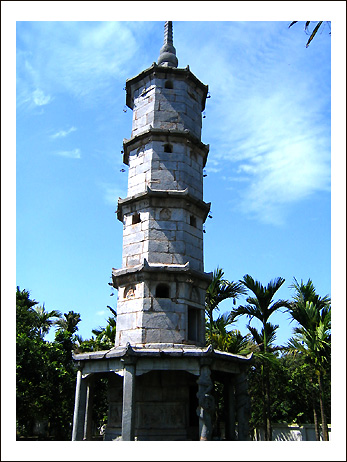BÚt ThÃĄp Temple on:
[Wikipedia]
[Google]
[Amazon]


 BÚt ThÃĄp Temple ( vi, ChÃđa BÚt ThÃĄp,
BÚt ThÃĄp Temple ( vi, ChÃđa BÚt ThÃĄp,


 BÚt ThÃĄp Temple ( vi, ChÃđa BÚt ThÃĄp,
BÚt ThÃĄp Temple ( vi, ChÃđa BÚt ThÃĄp, cháŧŊ HÃĄn
CháŧŊ HÃĄn (ðĄĻļæžĒ, literally "Chinese characters", ), CháŧŊ Nho (ðĄĻļå, literally "Confucian characters", ) or HÃĄn táŧą (æžĒå, ), is the Vietnamese term for Chinese characters, used to write VÄn ngÃīn (which is a form of Classical Chinese ...
: åŊ§įĶåŊš, Ninh PhÚc táŧą) is a Buddhist temple located near the dyke of the Äuáŧng River
The Äuáŧng River ( vi, SÃīng Äuáŧng), also known as the ThiÊn ÄáŧĐc River, is a river of Vietnam. It flows for through BášŊc Ninh Province and Hanoi
Hanoi or Ha Noi ( or ; vi, HÃ Náŧi ) is the capital and second-largest city of Vie ...
, Thuášn Thà nh District, BášŊc Ninh Province, Vietnam
Vietnam or Viet Nam ( vi, Viáŧt Nam, ), officially the Socialist Republic of Vietnam,., group="n" is a country in Southeast Asia, at the eastern edge of mainland Southeast Asia, with an area of and population of 96 million, making i ...
. The temple is also popularly called Nhan Thap Temple. The temple was built in the 13th century. The temple houses the biggest AvalokiteÅvara
In Buddhism, AvalokiteÅvara (Sanskrit: āĪ
āĪĩāĪēāĨāĪāĪŋāĪĪāĨāĪķāĨāĪĩāĪ°, IPA: ) is a bodhisattva who embodies the compassion of all Buddhas. He has 108 avatars, one notable avatar being PadmapÄáđi (lotus bearer). He is variably depicted, ...
statue with one thousand eyes and a thousand arms. But Thap Temple is one of the most famous temples in Viet Nam. Inside, there are various valuable ancient objects and statues, which are considered to be Vietnamese masterpieces of 17th-century wood carving. During the same time the temple had become famous for the venerable abbot and Zen master Chuyet Chuyet ("thiáŧn sÆ° ThÃch Chuyášŋt Chuyášŋt") 1590 - 1644.
The complex has 10 buildings spreading for 100 meters from the three-entrance gate to the bell-tower and back house. Inside the temple are more than 50 statues of different sizes including the Triad Buddha, Manjusri (Van Thu) on a blue lion and Samantabhadra (Pho Hien) on a white elephant. The most remarkable is the thousand-handed and thousand-eyed Guanyin, which is described as a sculptural masterpiece of Vietnam.
The architecture, sculpture and decoration of the temple were exclusively confined to the 17th century, so it was the best intact and typical example of Vietnam's classical Buddhist art.
References
{{DEFAULTSORT:But Thap Temple Buddhist temples in Vietnam Buildings and structures in BášŊc Ninh province Tourist attractions in BášŊc Ninh province